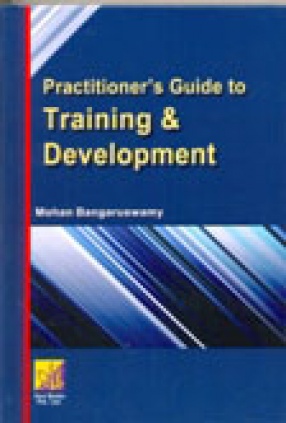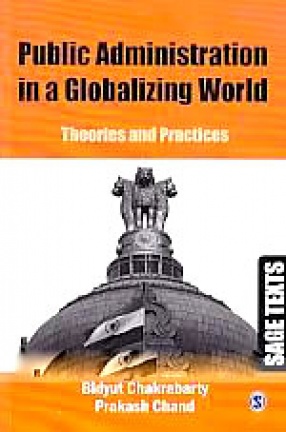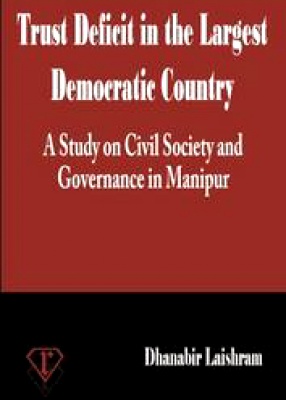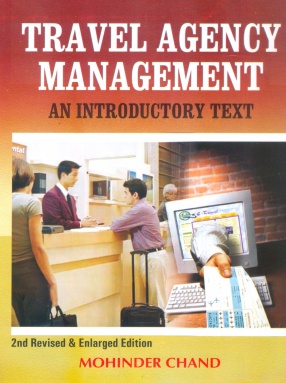Practitioner's Guide to Training and Development
This book provides students of MBA programmes and practitioners in the training and development field with conceptual inputs and practical application for design, delivery and evaluation of programmes. It provides an integrated view of the entire training cycle. It contains practical examples and templates to facilitate quick application
Combining conceptual framework with practical application provides the following for the reader:
1. It will enable students who have no experience to build knowledge on practical application of various frameworks.
2. It takes ground reality of practitioners into account. It provides end-to-end information for someone who is in the early stages of becoming a professional in this area
3. It provides an experienced professional with food-for-thought to makes changes and enhance the quality of the programmes
Contents: I: Context for practitioners. 1. Context for training and development (T&D). 2. Cycle of training. 3. Contexts for T&D professional. 4. Principles of learning. 5. Learning cycle. 6. Learning style. Part II: Training Need Analysis and Training Design. 7. Overview. 8. Structured approach to need analysis. 9. Translating need analysis to design. 10. Designing for transfer of training. 11. Training contexts. Part III: Training Methodologies. 12. Facilitator led training. 13. Experiential learning. 14. Role-play. 15. Case study. 16. Group activities. 17. Self-paced learning. 18. On-the-Job training. 19. Psychometric instruments. 20. Coaching. 21. Mentoring. 22. Demonstrations. 23. Development centres. 24. Simulation. 25. Weaving methodologies into design. 26. Behavioural skills training. 27. Conceptual frameworks in behavioral skills’Traububg. 28. Techanical/Functional training. Part IV: Facilitation. 29. Functional Competencies. 30. Communication Skills. 31. Listening Skills. 32. Written Communication. 33. Managing Conflicts. 34. Flexibility. 35. Process skills. 36. Facilitation styles. 37. Managing difficult participants. 38. Co-facilitation. Part V: Evaluation of Training. 39. Designing for evaluation. 40. Purpose of evaluation. 41. Cycle of evaluation. 42. Model of evaluation. 43. Stakeholders. 44. Measurement. Part VI: Trends in Training. 45. Changing waves. 46. Use of audio visual. 47. Role of technology in training. 48. Computer based training. 49. e-Learning. 50. Mobile learning. 51. Evaluation/assessments. 52. Blended learning. 53. Collaborative learning. 54. Knowledge management systems. 55. Learning management systems. 56. Social networking and learning. Annexure.
Get it now and save 10%
BECOME A MEMBER







Bibliographic information